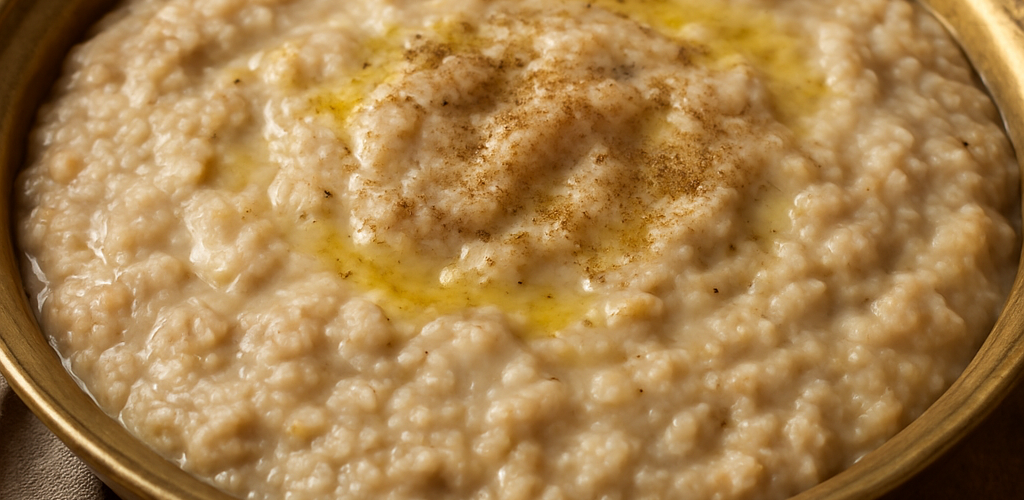Harees is more than just a dish; it’s a tradition that carries a rich cultural heritage and a legacy of nourishment. This beloved dish, primarily made from boiled, cracked, or ground wheat mixed with meat, has been a staple in many Middle Eastern and South Asian cuisines for centuries. Its preparation is steeped in history, and it’s often associated with festive occasions and community gatherings.
A Dish Rooted in Tradition
The origins of harees can be traced back to ancient times, where it served not only as a source of sustenance but also as a communal dish that brought families and communities together. Traditionally, harees is made with whole grains and high-quality meats, usually chicken or lamb, which are simmered together until they reach a creamy, porridge-like consistency. The method of preparation requires patience and skill, as the ingredients need to be blended to perfection.
Harees is often prepared during Ramadan, Eid celebrations, and other significant occasions, symbolizing generosity and hospitality. It’s a comforting food that evokes a sense of belonging and warmth, making it a popular choice for family gatherings and feasts.
Nutritional Benefits
Harees is not only delicious but also comes packed with numerous health benefits. The main ingredient—wheat—is a rich source of carbohydrates, providing the energy necessary for daily activities. Additionally, whole grains contain various vitamins, minerals, and dietary fibers that contribute to overall health.
When combined with meat, harees becomes a complete meal, offering a good balance of proteins and fats. The slow cooking process allows the flavors and nutrients to meld beautifully, enhancing both the taste and the health benefits of the dish. It is particularly favorable for those who are looking for hearty meals that don’t compromise on nutrition.
Flavor Pairings and Seasoning
The magic of harees lies not only in its base ingredients but also in its seasoning. Common spices used in harees include cumin, black pepper, and cinnamon, which impart a warm and aromatic flavor profile. Some recipes add a touch of saffron or cardamom for an extra layer of depth.
Furthermore, harees can be topped with a drizzle of ghee or olive oil before serving, adding richness to the dish. Garnishing options can range from fresh herbs to fried onions, giving you the flexibility to tailor the dish to your preference.
How to Enjoy Harees
Harees can be enjoyed in several ways. Traditionally, it’s served warm as a main course, but it can also be enjoyed as a side dish. Some choose to serve it with flatbreads or other accompaniments that complement its creamy texture. The versatility of harees allows it to fit into various meal settings—from casual family dinners to elaborate banquet feasts.
In conclusion, harees is a delightful blend of history, nutrition, and flavor, making it a cherished recipe across regions. Its comforting qualities and wholesome ingredients invite you to partake in a culinary experience that is as satisfying as it is nourishing. Whether you’re enjoying it during a festive celebration or a cozy family meal, harees remains a timeless dish that brings people together and nourishes both body and soul.




Add comment